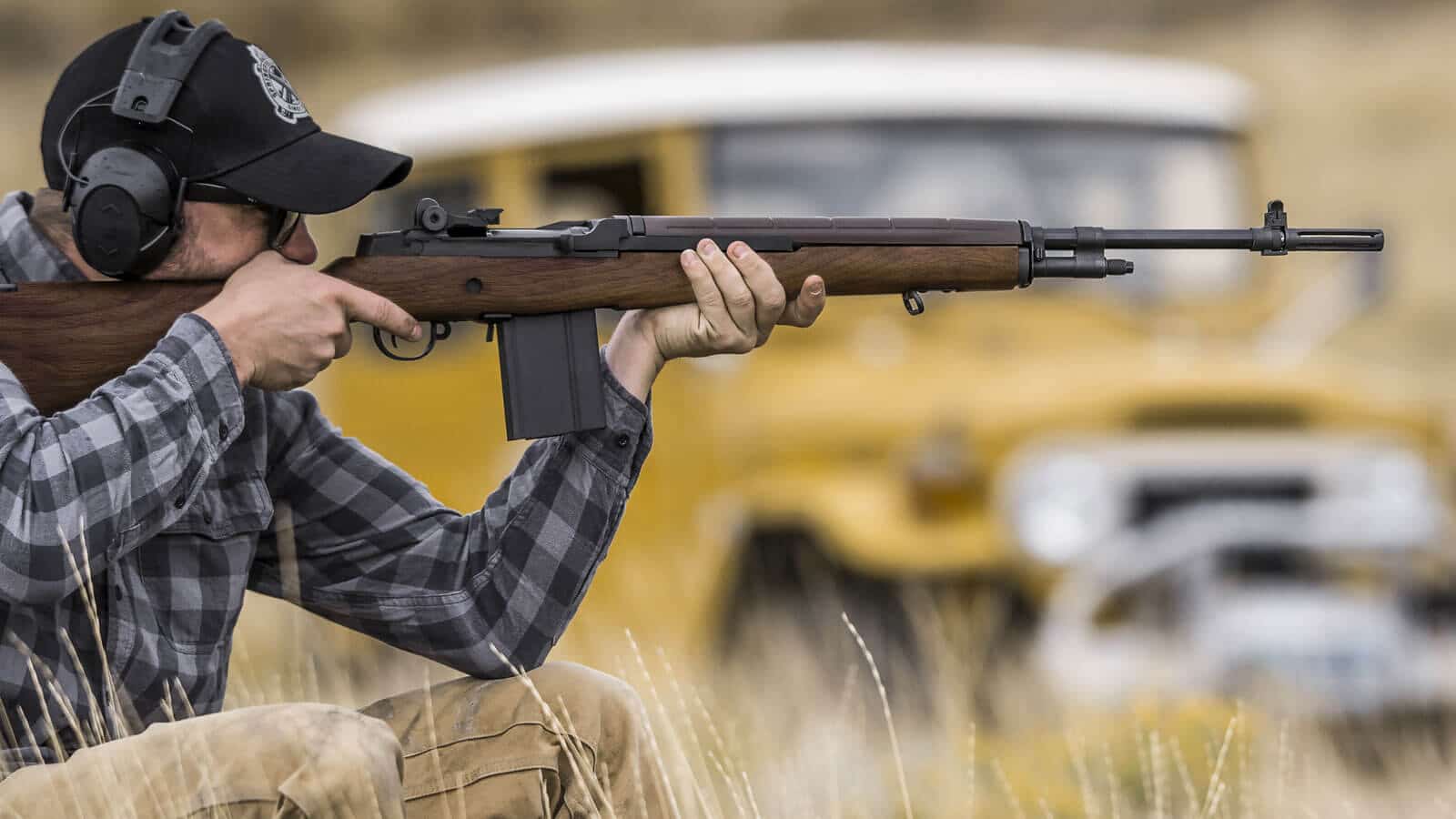After a brief lull, an active shooter event occurred in Madison, Wisconsin when a teenage student entered a high school and killed or wounded several people. At present, a number of people are receiving life-saving interventions at local hospitals.
In recent years, mass shootings in diverse settings greet Americans with tragic news on a regular basis. Schools, churches, concerts, and other public venues have been fair game for those with bad intentions. Armed not only with weapons, but with a blueprint from previous incidents, gunmen identify soft targets easily and are often “successful” in achieving their goal of creating mass casualties.
Mass shootings are something that happens elsewhere, not your home town. There’s no reason, however, to believe your area is immune. Since there is no place safe from the deranged, disgruntled, or politically-motivated, many can only believe that such shootings are just part of the “New Normal.” Should we get used to them?

You might think that the “successes” achieved by active shooters occur at random. The increase in the sheer number of casualties, however, reveal a strategy that is being refined, and to deadly effect. The selection of soft targets is becoming a science, and may lead to higher numbers of deaths and injuries.
In the 2018 South Florida school shooting at Marjory Stoneman Douglas high school, for example, the gunman activated the fire alarm to make sure there would be a wealth of targets in the hall. Wearing a gas mask, he tossed smoke bombs to create panic and confusion.
If the ill-intentioned are that much better at creating mayhem, it stands to reason that our society must become better at thwarting them. Here are ways that would, in my opinion, decrease the number of shooter incidents and the deaths caused by them:
Improve security in areas at risk. I would define an “area at risk” as just about anywhere a crowd of people could gather. Protection may just be a matter of hiring more trained security personnel, but establishing and training a safety team in other places, such as a church, school, or workplace, can increase the level of vigilance and identify threats early. The local sheriff at the Madison event was asked if metal detectors would help. He said that metal detectors don’t belong in schools, as they are a “safe space.” I’m not so sure.
Establish volunteer safety officers in rural areas and small towns where there may not be law enforcement and emergency medical personnel just around the corner. These persons should have training in security, firearms, and first aid for bleeding wounds. If there are volunteer fire departments, why not trained volunteer safety departments? In schools, parents form volunteer organizations for many purposes. This may be just such a purpose. As for arming teachers, it’s not a viable option; the vast majority of teachers are against it and would refuse training.

Instill a culture of situational awareness in our society. Situational awareness is a state of calm, relaxed observation of factors that might indicate a threat. These are called “anomalies”; learning to recognize them can identify suspicious individuals and save lives.
Situational awareness also involves always having a plan of action when a threat occurs, even if it’s as simple as making a note of the nearest exit at a concert or sporting event. Seems like common sense, but in these days of smartphone distractions, many are oblivious of their surroundings
Teach our citizens to avoid the natural paralysis that occurs in an unexpected event. This paralysis occurs as a result of “normalcy bias”, the tendency to discount risks because most days proceed in a certain standard manner; we assume that today will be the same.
By teaching simple courses of action such as the Department of Homeland Security’s “Run, Hide, Fight” triad, the decision-making process may be more intuitive and more rapidly implemented. This is more effectively taught and ingrained at a young age.

Teach our students simple first aid strategies to stop bleeding, the most likely cause of death in these scenarios. Rapid action by bystanders is thought to decrease the number of deaths from hemorrhage. Add “Reduce” hemorrhage to “Reading, ‘Riting, and ‘Rithmetic” as part of school curriculum, and lives might be saved.
Identify persons of interest through their social media posts. Many active shooters are vocal about their intentions. You might be concerned about “big brother” monitoring our public conversations on Facebook and other sites, but you must answer this question: How many deaths are you willing to accept in your community due to a lack of vigilance?
We must always be on the lookout for signs of trouble. Even if this drives some potential gunmen underground, it might identify others in time to abort their mission. As such, each municipality must set a mechanism (and a trigger) for the authorities to apprehend and interrogate suspicious characters.

Provide first aid kits for bleeding in public venues that can be accessed by those at the scene. With supplies, the Good Samaritan will be more likely to save a life. These kits have become fixtures on the wall by the fire extinguisher, but few know of their presence and less know how to use them. Although you might consider it overkill, putting a tourniquet in your high school student’s backpack (and teaching them how to use it) may not be a bad idea.
Despite the above recommendations, our response as a nation has been to do little to correct the problem. I say that era must end. Let’s stop being “soft” targets. We must forsake the notion that shootings are just part and parcel of the New Normal, and begin the process by which we change our attitude and level of vigilance, not in isolated cases, but as a society.
You don’t have to be a Department of Homeland Security official to know that the event in Madison, Wisconsin isn’t the last active shooter event; more are certainly on the horizon. A prepared nation wouldn’t be invulnerable to attacks, but its citizens would have a better chance to survive them.
Joe Alton MD

Dr. Joe Alton and Nurse Amy Alton’s first children’s story book is now in hardcover and available in bookstores and online nationally! It’s “Snowbie,” the story of the very first snowman. Read it to your kids on a cold Christmas morning; they’ll love it and end up reading it to their kids years from now! Remember, reading to children pays dividends socially, emotionally, and intellectually down the road. Check out “Snowbie, The First Snowman” today! Thanks to Sky Pony Press for all their support.

Read the full article here












Leave a Reply